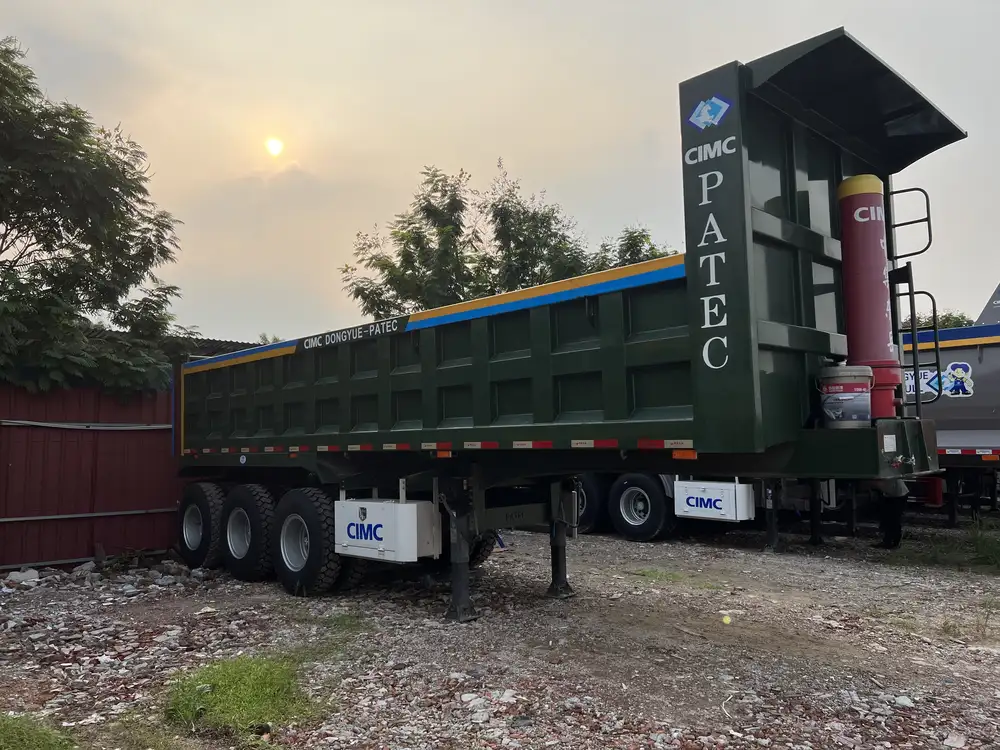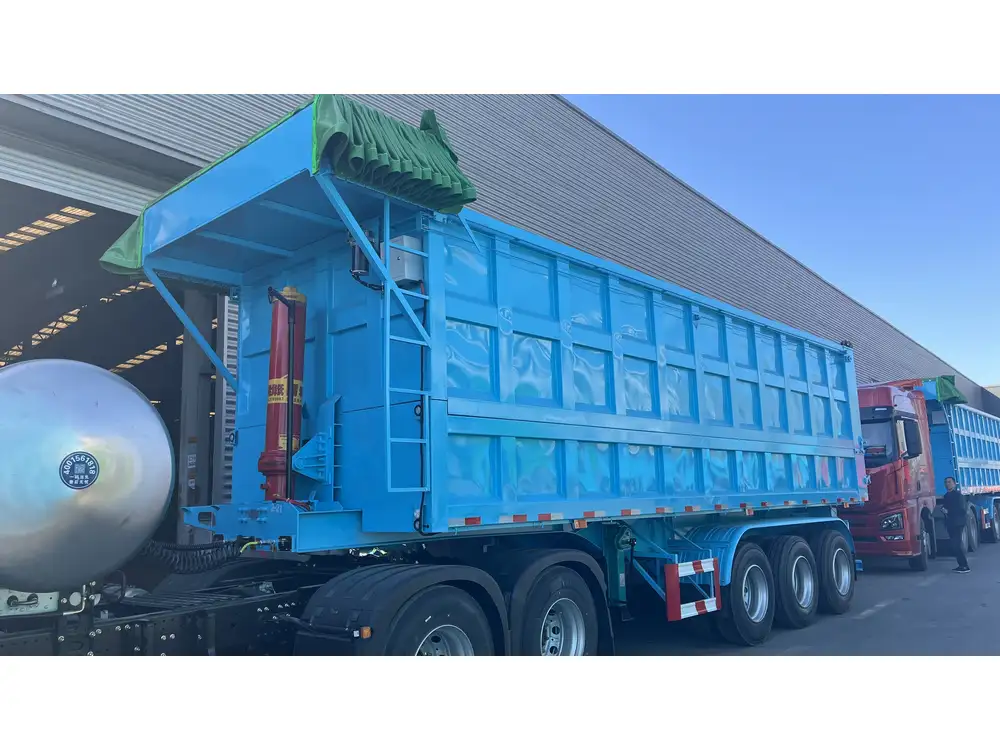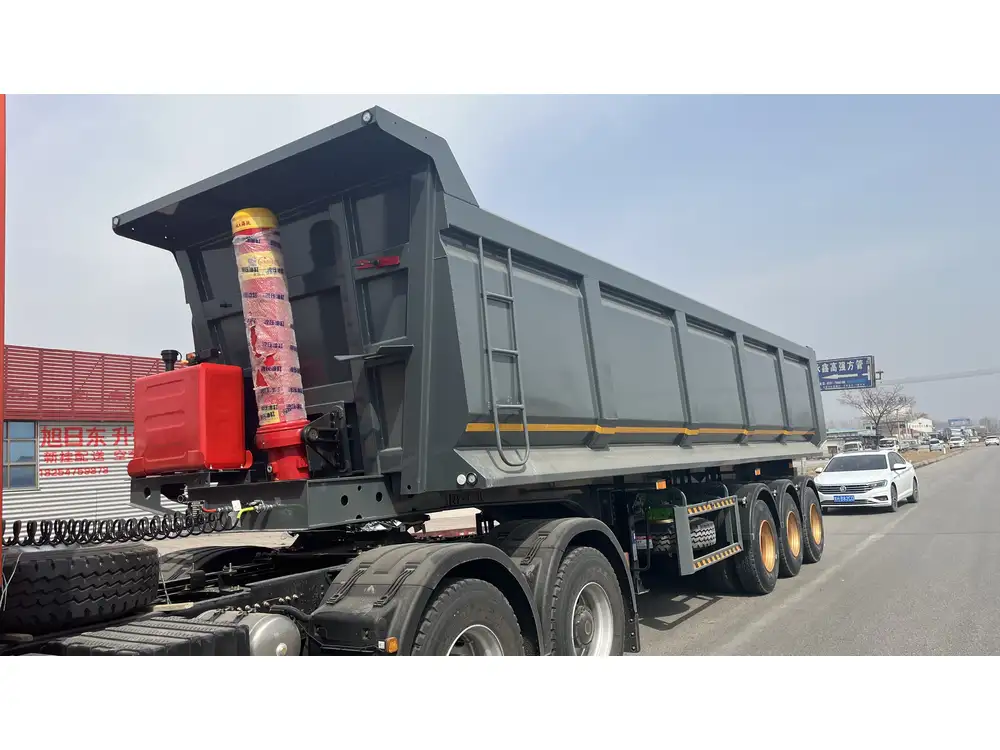When considering the logistics of transporting liquids, understanding the precise capacity of tanker trucks becomes vital for operators, fleet managers, and businesses reliant on efficient transportation. Our focus in this article is to provide a thorough examination of how many gallons truck tankers can hold, all while delving into the factors that influence their design, material, and overall capacity.
What is a Tanker Truck?
A tanker truck, often referred to as a tank truck or tank vehicle, is a specialized vehicle designed for the transportation of liquids, gases, or dry bulk materials. They feature cylindrical tanks mounted to a chassis, facilitating the conveyance of various products from petroleum and chemical liquids to food-grade items like milk or water.
Types of Tanker Trucks

1. Petroleum Tanker Trucks
- General Capacity: 5,000 to 11,600 gallons
- Used primarily for transporting fuels such as gasoline, diesel, and heating oil.
2. Chemical Tanker Trucks
- General Capacity: 5,000 to 6,000 gallons
- Designed for transporting hazardous liquids and chemicals, requiring specialized materials for safety.
3. Food Grade Tankers
- General Capacity: 4,000 to 6,500 gallons
- Used for transporting edible liquids, these tankers must adhere to strict sanitary and safety regulations.

4. Water Tankers
- General Capacity: 5,000 to 10,000 gallons
- These tanker trucks are utilized for transporting potable water, often employed in municipal or emergency services.
| Type of Tanker | Typical Capacity (Gallons) |
|---|---|
| Petroleum | 5,000 – 11,600 |
| Chemical | 5,000 – 6,000 |
| Food Grade | 4,000 – 6,500 |
| Water | 5,000 – 10,000 |
Determining Tanker Truck Capacity
The capacity of a tanker truck is affected by various critical factors. Below, we outline key specifications and considerations that influence how many gallons a truck tanker can ultimately carry.
1. Tank Design and Shape
Tankers are typically cylindrical due to their efficiency in handling pressure and reducing liquid sloshing during transport. The design affects the total capacity, as a well-optimized shape can maximize storage without exceeding weight limits.

2. Regulatory Standards
Each region has specific weight limits for road usage. This affects the maximum capacity since the weight of the tanker, the liquid it carries, and even the weight distribution play a crucial role in determining how much can be transported legally. In the United States, for instance, the Federal Motor Carrier Safety Administration (FMCSA) sets guidelines that restrict total vehicle weight, which necessitates careful planning of both volume and weight.
3. Material of Construction
Tankers are constructed from various materials, including aluminum, stainless steel, and carbon steel. Each has different weight properties, which can affect total load capacity. For example:
- Aluminum tankers are lightweight and corrosion-resistant, allowing for greater payloads.
- Stainless steel offers excellent durability, especially for food products, but increases overall weight.
4. Legal Limitations on Weight
The legal limitations placed by local or national authorities can dictate the maximum loading capacity of a tanker truck. Standard gross vehicle weight limits in the U.S. are around 80,000 pounds. Therefore, the total weight of the truck with its cargo—including the tank’s empty weight—must not exceed these limits.

5. Volume and Density of Cargo
Understanding the density of the liquid being transported is essential, as it directly influences the overall volume that can be loaded. For example, water has a density of approximately 8.34 pounds per gallon, while gasoline is only around 6.10 pounds per gallon, allowing a tanker truck to carry larger volumes of lighter liquids.
How Many Gallons Does a Truck Tanker Hold?
While we have explored the considerations that influence capacity, let’s narrow down concrete figures. Most tanker trucks can hold between 5,000 to 11,600 gallons based on the type of products they carry. Below, we recap the specifics by tanker type:
| Tanker Type | Typical Gallons | Usage |
|---|---|---|
| Petroleum | 5,000 – 11,600 | Fuels and oil products |
| Chemical | 5,000 – 6,000 | Hazardous liquid transportation |
| Food Grade | 4,000 – 6,500 | Edible liquids like milk and juices |
| Water | 5,000 – 10,000 | Transporting potable water |
Implications for Logistics and Operations
Understanding the load capacity of tanker trucks allows logistics managers to optimize routes, manage costs, and ensure compliance with transportation regulations. Efficient fuel management, product loss prevention, and safety concerns dictate how well a fleet can operate.

Factors to Consider in Route Planning
- Weight Distribution: Ensures proper handling and safety while on the road.
- Access to Delivery Points: Some locations may have restrictions concerning the size or weight of trucks allowed.
- Fuel Efficiency: The more you can carry in fewer trips, the lower the overall fuel expenditure.
Conclusion
When addressing the question of “How many gallons does a truck tanker hold?” it is essential to understand the complexities surrounding the transportation of liquids. From tank design to regulatory compliance, every factor plays a role in the overall capacity and operational efficiency of tanker trucks.
Choosing the right tanker for specific needs is an investment not just in mechanical equipment but in the logistic efficiencies that can significantly enhance overall productivity and safety. For businesses involved in the transportation of liquids—whether it be petroleum products or food-grade beverages—having comprehensive knowledge about tanker capacities can lead to more strategic decisions, creating pathways for growth and sustainability in a competitive market.
Understanding Capacity for Strategic Decision-Making
In summary, the capacity of a tanker truck is intricately tied to types, regulations, and logistical concerns, making it imperative for clients in the sector to grasp the specifics to maximize efficiency and compliance. Investing in the right type of tanker can not only enhance operational efficiency but also ensure safety and regulatory compliance, paving the way for business growth and sustainability in an ever-evolving marketplace.



